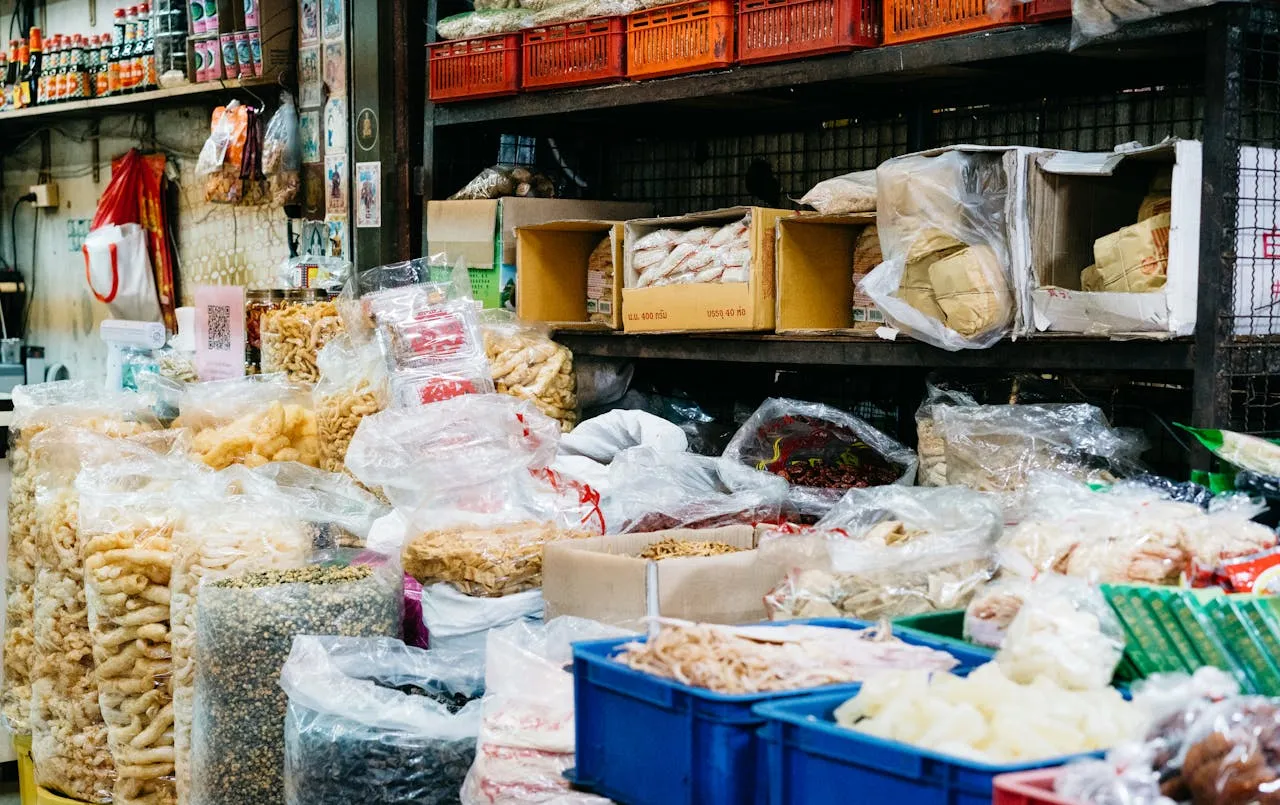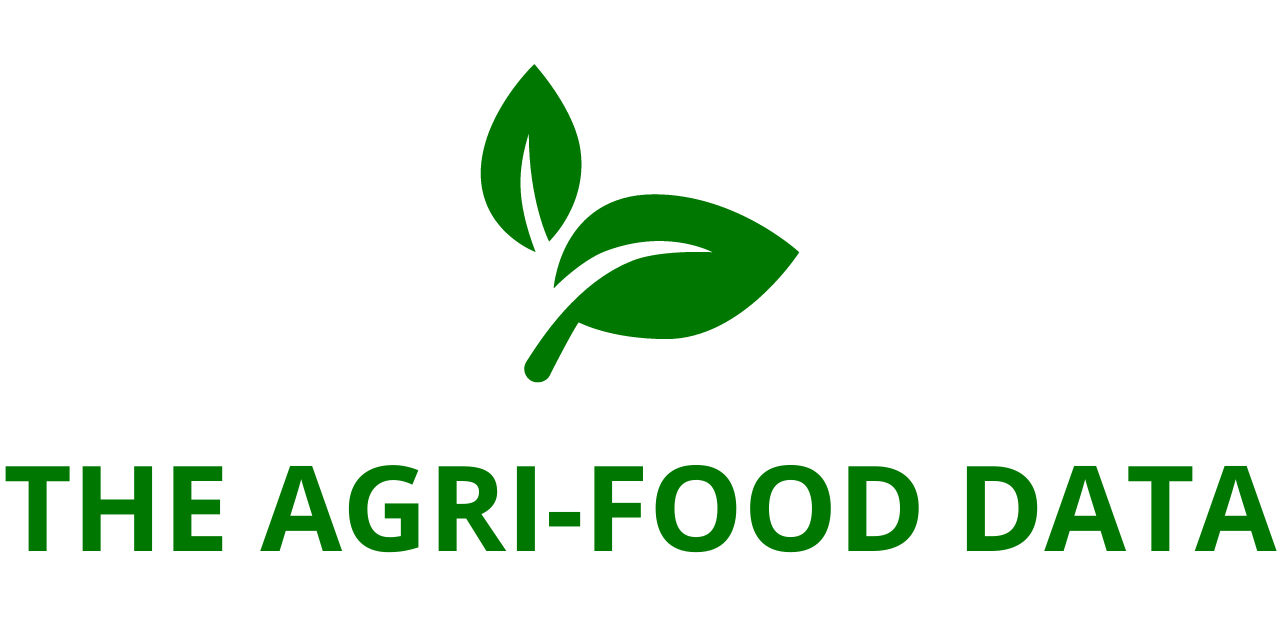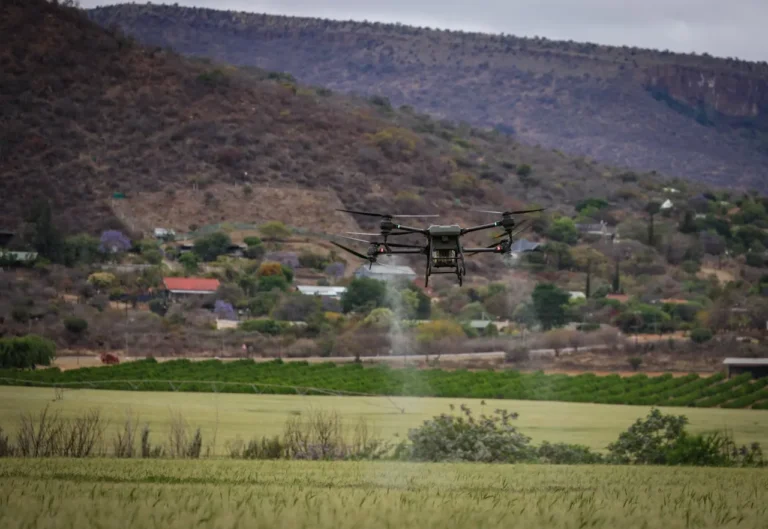
Lasso, a new food technology company born out of cutting-edge scientific innovation, has officially launched with the introduction of its proprietary system, Lasso SpinTech—a first-of-its-kind technology designed to revolutionize how modern packaged foods are made. By using physics instead of traditional food processing methods, Lasso SpinTech weaves together protein and fiber to create entirely new food textures and forms that were previously impossible to achieve with conventional machinery.
The launch comes alongside a successful $6.5 million funding round, led by Rhapsody Venture Partners, with participation from Safar Partners, Claridge Venture Partners, and other investors. This capital infusion will enable Lasso to accelerate commercialization of its transformative technology, expand its partnerships with global food manufacturers, and introduce a new generation of clean-label, nutritious products for both humans and pets.
A Modern Answer to an Outdated Food System
The global food industry has long been constrained by the same fundamental food-processing equipment developed over a century ago—machinery that relies heavily on high heat, extrusion, and chemical additives to produce the ultra-processed foods now filling grocery aisles. These legacy systems have failed to keep pace with modern consumer expectations, which increasingly favor simple, transparent ingredients and better nutritional quality.
Lasso CEO Mike Messersmith, who leads the company’s push into commercial-scale production, says the time for disruption is long overdue.
“Consumers are no longer accepting the status quo in packaged food,” said Messersmith. “We see this everywhere—from the rise of the MAHA movement to the backlash against ultra-processed foods, and even the influence of GLP-1 therapies on how people eat and shop. The food industry is desperate for innovation but has been stuck using outdated equipment that can’t meet modern needs. Lasso is stepping into that void with a solution designed for 2025 and beyond.”
According to Messersmith, Lasso SpinTech offers a clean, energy-efficient, and cost-effective way to produce foods that are both nutrient-dense and minimally processed. By leveraging mechanical spinning forces similar to those in cotton candy machines—but applied to food proteins and fibers—the company can create realistic textures and structures across a wide variety of food types without artificial additives, excess sugars, or heavy processing.
From Harvard Lab to Global Food Innovation
Lasso’s technology originated at Harvard University’s Wyss Institute for Biologically Inspired Engineering, where founders Kit Parker, Luke MacQueen, Christophe Chantre, and Grant Gonzalez spent seven years developing a revolutionary food-processing method. The team’s goal was to engineer a system capable of transforming basic ingredients—plant proteins, dairy proteins, or even alternative inputs—into complex textures that mimic traditional foods while maintaining a natural nutritional profile.
Their efforts led to the creation of an advanced machine dubbed an “industrial-grade cotton candy system”—a device that could transform liquid ingredients into solid fibers, weaving them into intricate food structures with unique mouthfeel and nutritional benefits.

This breakthrough ultimately inspired the 2020 launch of Tender Food, a spin-off brand that utilized Lasso’s early technology to produce high-quality, plant-based meat alternatives with superior texture and taste. Tender Food quickly gained recognition for its ability to replicate the fibrous texture of animal meat without using gums, binders, or synthetic additives.
Now, with the formal establishment of Lasso as a standalone company, Tender Food will remain part of the growing portfolio, joined by a series of upcoming brands—all powered by the next generation of Lasso SpinTech.
Scaling from Lab Innovation to Commercial Reality
Over the past year, Lasso has focused on refining its system for commercial use. The company’s engineers and scientists have successfully scaled SpinTech from a small lab device to an industrial system capable of producing hundreds of thousands of pounds of product annually.
The system’s compact size—roughly equivalent to a washing machine—makes it both accessible and adaptable for a variety of food production environments. Even more impressive, it operates with ultra-low energy consumption, reportedly using less power than a toaster oven.
The technology’s modular design means manufacturers can integrate it into existing production lines with minimal investment, dramatically reducing the capital and operating costs associated with launching new food products.
With its scalable and sustainable platform, Lasso’s SpinTech technology can work with a vast range of ingredients, enabling partners to create innovative foods that balance great taste, desirable texture, and nutritional integrity. Potential applications include high-protein snacks, alternative meats, dairy-free cheese, and even pet foods—categories that are seeing explosive growth as consumers seek better, healthier options.
A Platform for Collaboration and Brand Development
While Lasso plans to continue developing its own consumer brands, the company’s broader vision centers on collaboration with global food manufacturers. Through licensing and joint ventures, Lasso aims to empower established food producers to reinvent their product lines with cleaner ingredients and more sustainable processes.
This approach mirrors the broader trend in the food-tech sector, where innovation platforms—rather than single products—are driving transformative change. By providing access to SpinTech, Lasso offers its partners a way to develop new food formats that meet rising consumer expectations for health, transparency, and taste—without sacrificing affordability or scalability.
Messersmith emphasized that Lasso’s technology is designed to benefit not only consumers but also the entire food value chain.
“Our patented technology offers a fundamentally new way to create foods that are rich in protein and fiber, clean-label, and competitively priced,” he said. “It’s an opportunity to jumpstart growth in some of the most promising categories across the grocery store—from snacks and ready meals to pet food and beyond.”





